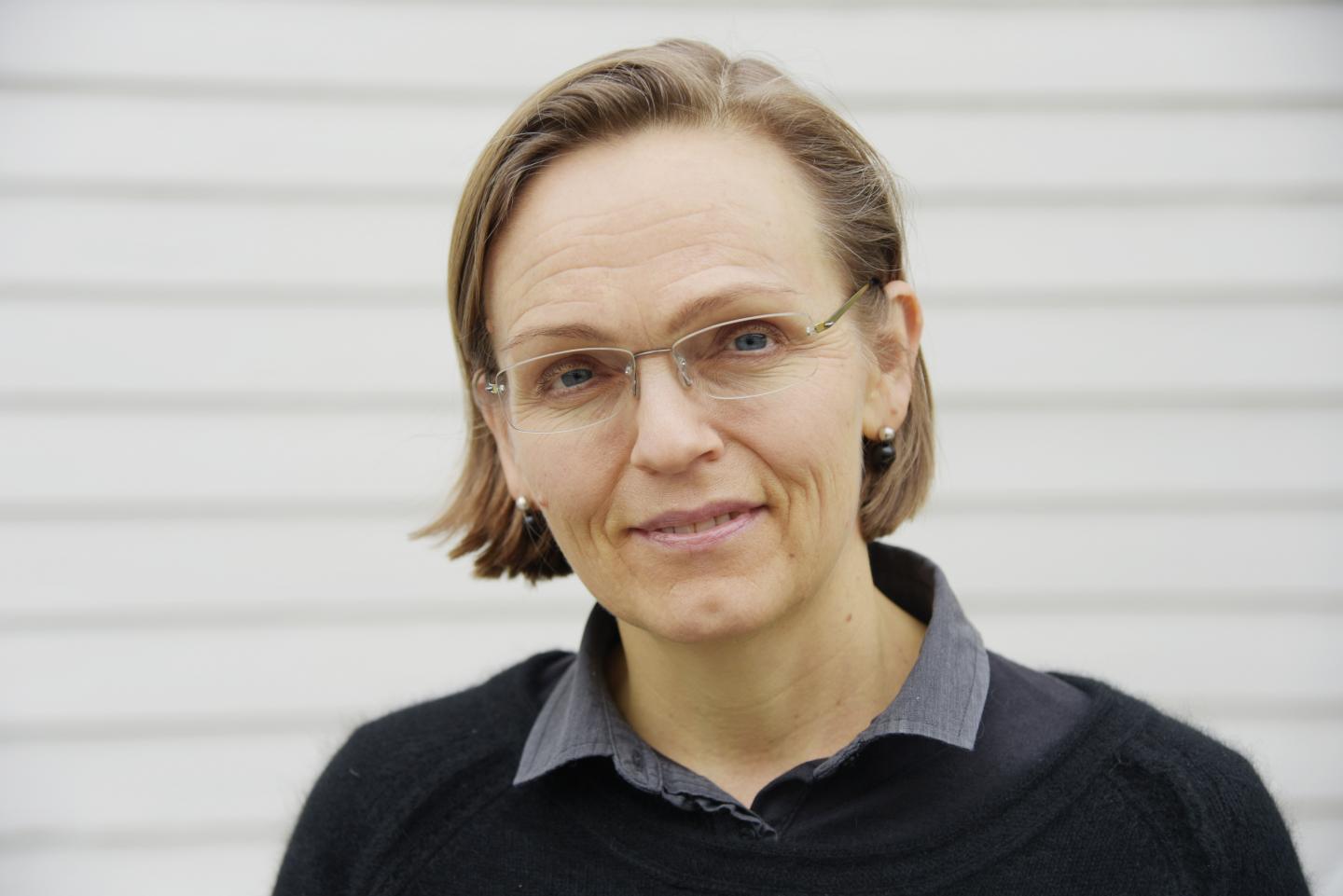
Credit: Sophie Webb (Point Blue/NOAA-ONMS/ACCESS)
Nonresident seabirds in Central California concentrate their foraging along the continental shelf break, according to a study published January 25, 2017 in the open-access journal PLOS ONE by Anna Studwell who has worked jointly with colleagues at Point Blue Conservation Science, the SFSU Department of Geography & Environment, and the Romberg Tiburon Center, USA.
Seabird aggregations in the ocean are associated with concentrations of prey, and so have been used to identify and designate marine protected areas worldwide. Central California is a highly-used foraging area for seabirds, and most species that breed locally are constrained to islands near the coast. To identify high-use foraging sites for nonresident seabirds–those that do not breed locally–Studwell and colleagues used a 10-year dataset that included seabird counts and oceanographic information. The researchers focused on six nonresident seabird species: Phoebastria nigripes (black-footed albatross), Ardenna griseus (sooty shearwater), Ardenna creatopus (pink-footed shearwater), Fulmarus glacialis (northern fulmar), Phalaropus lobatus (red-necked phalarope) and Phalaropus fulicarius (red phalarope).
The researchers found that for nonresident seabirds, the highest use foraging area, and a site of high conservation priority when considering the species' IUCN Red List status, is along the continental shelf break, particularly near Cordell Bank. The lack of protected offshore areas has been called the "missing dimension in ocean conservation," say the researchers, and this work provides a way to prioritize areas that are high use for multiple seabird species. Notably, combining resident and nonresident seabird foraging areas could help identify critical marine areas and further inform conservation efforts.
###
In your coverage please use this URL to provide access to the freely available paper: http://dx.plos.org/10.1371/journal.pone.0169517
Citation: Studwell AJ, Hines E, Elliott ML, Howar J, Holzman B, Nur N, et al. (2017) Modeling Nonresident Seabird Foraging Distributions to Inform Ocean Zoning in Central California. PLoS ONE 12(1): e0169517. doi:10.1371/journal.pone.0169517
Funding: We thank the Bently Foundation, Boring Family Foundation, California Sea Grant, Elinor Paterson Baker Trust, Faucett Catalyst Fund, Firedoll Foundation, Hellman Family Foundation, Marisla Foundation, Moore Family Foundation, National Fish and Wildlife Foundation, Resources Legacy Fund, Wendy P. McCaw Foundation and the many Point Blue donors who have helped fund ACCESS work over the years. The funders had no role in study design, data collection and analysis, decision to publish, or preparation of the manuscript. The lead author thanks the Council on Ocean Affairs, Science, and Technology (COAST), San Francisco State University Robert Maxwell and University Scholarships, and the Romberg Tiburon Center Bay Scholarship and Student Association for their support.
Competing Interests: The authors have declared that no competing interests exist.
Media Contact
Beth Jones
[email protected]
############
Story Source: Materials provided by Scienmag





